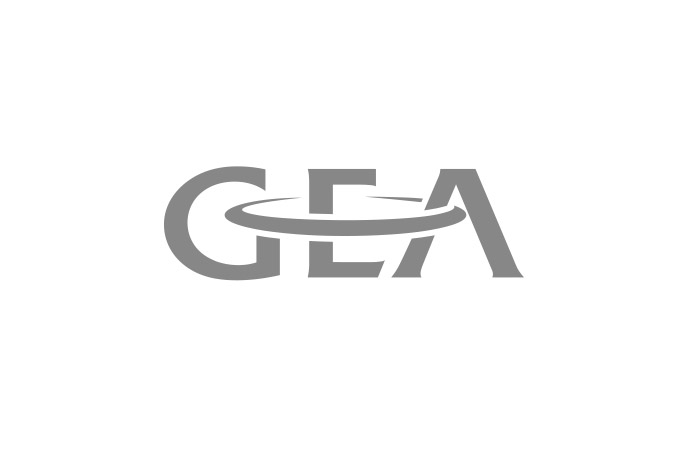Home appliance manufacturers producing more than 95% of the major appliances shipped in the US together with several major energy efficiency organizations and consumer groups have agreed to improved efficiency standards and tax policies for appliances such as refrigerators & freezers and room air-conditioners.

The new standards detailed in the ‘Energy Efficient and Smart Appliance Agreement of 2010’ are based on appliance efficiency levels that previously earned federal tax credits and include:
Tax credits, smart appliances and fridge test methods
Besides efficiency standards the agreement encompasses:
Energy and CO2 savings
According to the Association of Home Appliance Manufacturers (AHAM), the trade organization of the manufacturers subscribing to the agreement, the new standards and measures will save more than 9 quads (9×1015 BTUs), 5 trillion gallons (about 19 trillion litres) of water, and billions of consumer dollars over the next 30 years. In terms of CO2 emissions, 550 million metric tons of CO2 will be saved over the same period.
The huge potential for cutting energy use from appliances in the US can be appreciated through the fact that a refrigerator in Europe uses scarcely half as much electricity as one in the US. This is despite the fact the most efficient refrigerators available today use only one fourth as much electricity as the average refrigerator in Europe.
Hydrocarbon fridges coming soon in the US to help meet standards
In the meantime, a final rule by the US Environmental Protection Agency allowing the use of hydrocarbons in new household refrigerator and freezer equipment, but also in new stand-alone commercial refrigeration equipment is anticipated before the end of the year. The move will allow refrigerator & freezer manufacturers operating in the US to catch up with the rest of the world, where several millions of household hydrocarbon refrigerators & freezers operate efficiently.
Next steps & background
The supporters of the agreement will pursue the adoption of its recommendations through administrative action by the DOE and through legislative action by Congress. Senator Jeff Bingaman, chairman of the Senate Energy and Natural Resources Committee, noted that such agreements generally do get bipartisan support.
Indeed, although the U.S. Congress has passed legislation raising efficiency for some 30 categories of household and industrial appliances, the DOE has for many years failed to write the standards needed to actually implement the legislation. After taking office, President Barack Obama ordered the DOE to write regulations to translate law into policy.
- Refrigerators and freezers: energy use will be reduced by up to 30% by January 2014
- Room air-conditioners: 10-15% increase in efficiency effective June 2014
Tax credits, smart appliances and fridge test methods
Besides efficiency standards the agreement encompasses:
- Extension of manufacturers' tax credit: The agreement envisages a three-year extension and update of the current tax credit scheme for manufacturers that produce super-efficient refrigerators and freezers, clothes washers and dishwashers that significantly exceed the minimum federal efficiency requirements.
- Special Energy Star credit for smart appliances: A planned petition to the Energy Star program would ask for a 5% credit to the required energy levels for smart appliances, with features that allow the consumer operating the appliance become responsive to dynamic pricing.
- Better fridge and dryer test methods: The agreement encompasses a recommendation to the US Department of Energy (DOE) to improve test methods for refrigerators and dryers so that they better represent actual product energy use.
Energy and CO2 savings
According to the Association of Home Appliance Manufacturers (AHAM), the trade organization of the manufacturers subscribing to the agreement, the new standards and measures will save more than 9 quads (9×1015 BTUs), 5 trillion gallons (about 19 trillion litres) of water, and billions of consumer dollars over the next 30 years. In terms of CO2 emissions, 550 million metric tons of CO2 will be saved over the same period.
The huge potential for cutting energy use from appliances in the US can be appreciated through the fact that a refrigerator in Europe uses scarcely half as much electricity as one in the US. This is despite the fact the most efficient refrigerators available today use only one fourth as much electricity as the average refrigerator in Europe.
Hydrocarbon fridges coming soon in the US to help meet standards
In the meantime, a final rule by the US Environmental Protection Agency allowing the use of hydrocarbons in new household refrigerator and freezer equipment, but also in new stand-alone commercial refrigeration equipment is anticipated before the end of the year. The move will allow refrigerator & freezer manufacturers operating in the US to catch up with the rest of the world, where several millions of household hydrocarbon refrigerators & freezers operate efficiently.
Next steps & background
The supporters of the agreement will pursue the adoption of its recommendations through administrative action by the DOE and through legislative action by Congress. Senator Jeff Bingaman, chairman of the Senate Energy and Natural Resources Committee, noted that such agreements generally do get bipartisan support.
Indeed, although the U.S. Congress has passed legislation raising efficiency for some 30 categories of household and industrial appliances, the DOE has for many years failed to write the standards needed to actually implement the legislation. After taking office, President Barack Obama ordered the DOE to write regulations to translate law into policy.
MORE INFORMATION
Related stories











